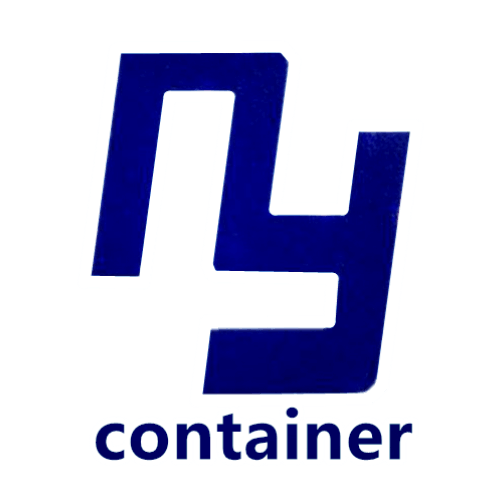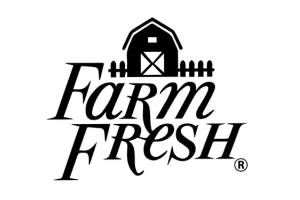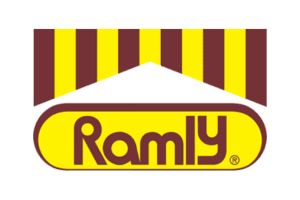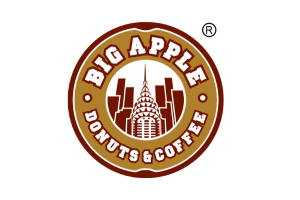Choosing the right container for your cargo is crucial for a smooth and cost-effective shipping experience. This guide explores the most common container types and sizes, helping you select the perfect fit for your needs.
Standard Dry Containers: The Workhorses of Shipping
The workhorses of global shipping, dry containers (DCs) are standard boxes ideal for non-perishable goods, sometimes we call them GPs (general purpose) cargo. These versatile giants, accounting for a whopping 90% of sea freight, lack temperature controls but come in various dimensions and specialized variants to accommodate a wide range of cargo. From toys and clothes to machinery and furniture, dry containers are the go-to option for efficient and secure transportation.
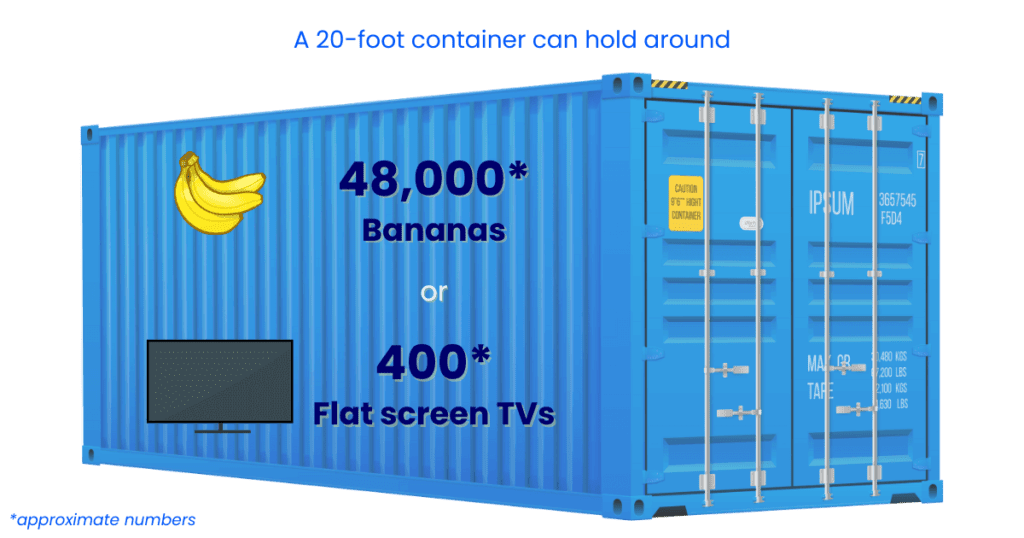
- 20-foot Dry Container or 1 TEU: This is the most popular size, offering a versatile option for general cargo. It’s ideal for palletized goods, machinery, and other non-perishable items. 20-foot container dimensions:
- In feet: 19’ 4” long x 7’ 9” wide x 7’ 10” high
- In meters: 5.898m long x 2.352m wide x 2.393m high
- Usable Capacity: 32.6m3 (*approximate)
- 40-foot Dry Container or 1 FFE: Twice the length of the 20-foot container, this option is perfect for large volumes of lighter cargo. Think furniture, textiles, or empty pallets. 40-foot container dimensions:
- In feet: 39’ 6” long x 7’ 9” wide x 7’ 10” high
- In meters: 12.025m long x 2.352m wide x 2.393m high
- Usable Capacity: 67.7m3 (*approximate)
- 40 High Cube Container (40HC): While ideal for bulky, lighter cargo, 40HC containers offer increased capacity thanks to their taller design. However, keep in mind that weight restrictions still apply, so they might not be suitable for exceptionally heavy items.
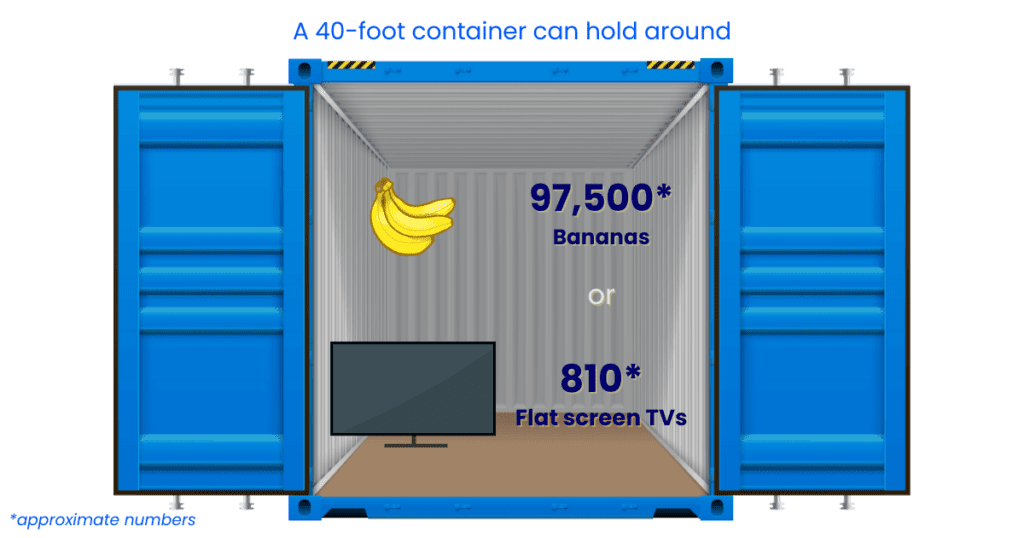

Specialty Containers for Specific Cargo Needs
While dry containers handle a vast amount of cargo, specialized options cater to unique requirements:
- Open Top Containers: Lacking a solid roof, these containers allow for easier top loading of oversized cargo that wouldn’t fit through standard doors.
- Flat Rack Containers: These have collapsible sides or no sides at all, ideal for oddly shaped cargo that needs to be secured with straps or chains.
- Tank Containers: Designed for transporting liquids, gasses, or chemicals, these pressurized containers ensure safe and efficient transportation.
- Refrigerated Containers (Reefers): Essential for transporting temperature-sensitive goods, reefers are equipped with refrigeration units that maintain consistent temperatures throughout the journey.
Reefers
Reefers come in various sizes, typically mirroring the dimensions of standard dry containers (20-foot and 40-foot, with HC variations for added height). They can maintain a wide range of temperatures, from freezing to chilled, making them suitable for a variety of perishable goods, including:
- Fruits and vegetables
- Meat and seafood
- Dairy products
- Pharmaceuticals
- Flowers
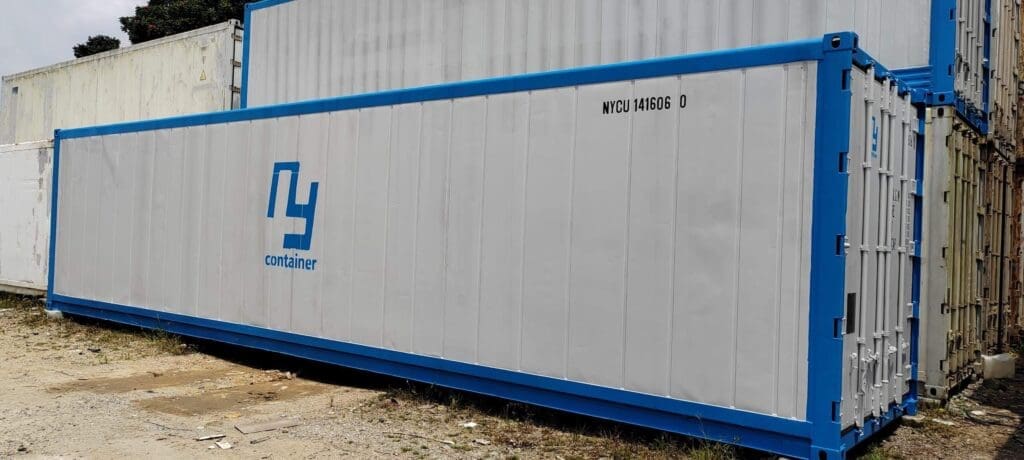

When choosing a reefer container, consider factors like:
- Desired temperature range: Ensure the reefer can maintain the specific temperature required for your cargo.
- Power source: Reefers can be plugged into external power or use on-board generators. Choose the option that best suits your shipping route.
- Ventilation requirements: Some cargo might require specific ventilation levels to prevent spoilage.
Choosing the Right Container: Key Considerations
Here’s what to consider when selecting a container, including reefers:
- Cargo type and weight: Match the container’s capabilities to your cargo’s size, weight, and fragility. Consider temperature control needs for perishable goods.
- Loading and unloading methods: Consider your facilities and choose a container that allows for convenient loading and unloading, including reefer connections if needed.
- Destination and regulations: Different countries might have specific regulations regarding container types, including temperature controls for reefers.
Remember: Consulting with a shipping professional can help you make the best choice for your specific needs.
Additional Points to Remember:
- Payload capacity: Each container type, including reefers, has a maximum weight limit. Don’t overload!
- Availability: Depending on location and demand, certain container types might have limited availability, including reefers.
- Cost: Generally, larger containers and reefers cost more to rent or lease.
By understanding container types, sizes, and selection factors, you’ll be well-equipped to choose the perfect container for your next shipment, ensuring a safe and efficient journey for any cargo, from dry goods to temperature-sensitive perishables. Ready to find the perfect container for your shipping needs? NY Container offers a wide range of container types and sizes for both dry and refrigerated cargo. Whether you need a standard 20-foot dry container or a specialized reefer with specific temperature controls, NY Container has the solution for you. Contact us today for a free quote!
